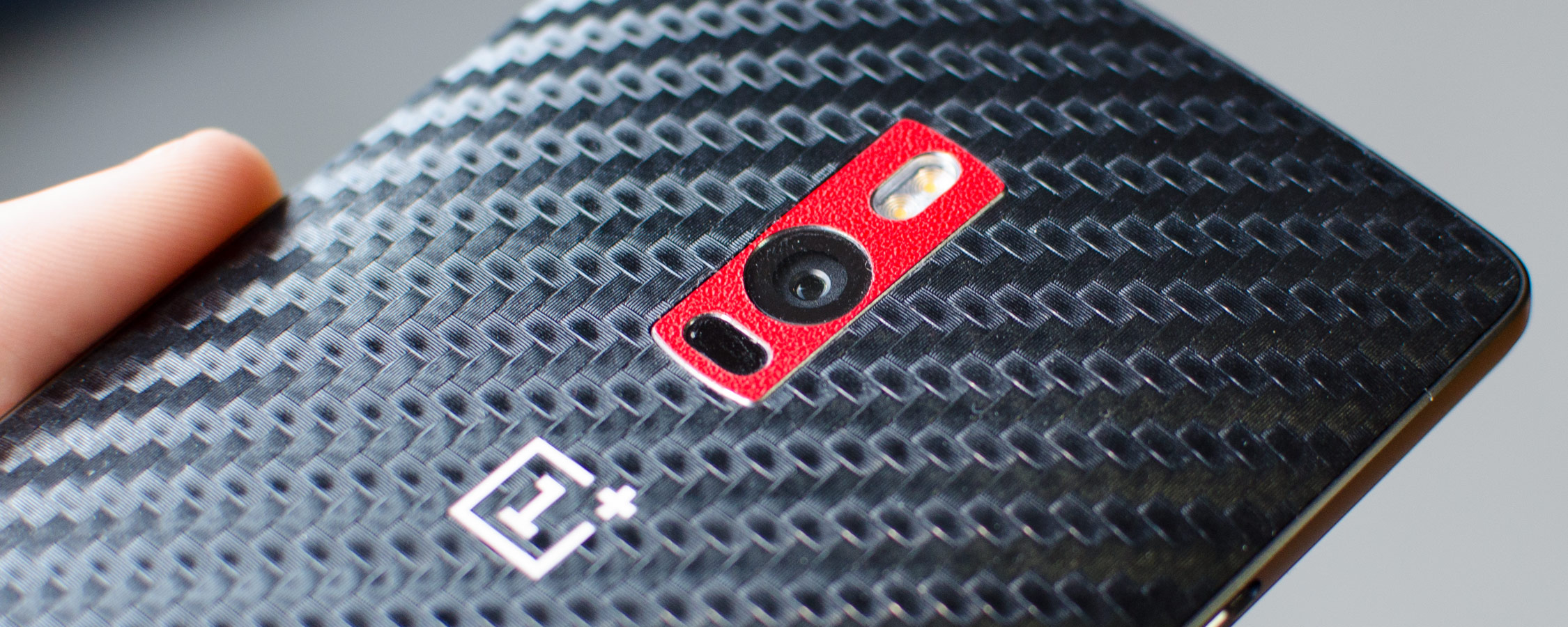Camera
The OnePlus 2 features a 13-megapixel 1/2.6" OmniVision OV13860 CMOS sensor on the rear, featuring 1.3µm pixels that are larger than usual for a smartphone camera. It's paired with an f/2.0 lens, optical image stabilization, a dual-LED flash, and laser-assisted autofocus. The camera captures 4160 x 3120 images in a native 4:3 aspect ratio by default.
On the front is a 5-megapixel 1/4" OmniVision OV5648 CMOS sensor with 1.4 µm pixels, paired with an f/2.4 lens. This camera captures 2592 x 1944 photos in a native 4:3 aspect ratio.
After using the OnePlus 2's camera for a couple of weeks, my main thoughts are that it's good without being outstanding. There is very stiff competition from the Samsung Galaxy S6 and the LG G4 in the smartphone camera space, and from what I've seen from the OnePlus 2, the camera isn't good enough to reach the same levels as either of those devices. However it's still a very capable camera, and should suit most people who aren't willing to spend the extra money for a Samsung or LG flagship.
The OnePlus 2 camera is decent in outdoor conditions, although images are a little undersaturated compared to 'real life' and also to competing cameras. The camera seems to struggle the most in cloudy conditions, delivering shots that look somewhat washed out, but on better days you can get some great shots with acceptable contrast and dynamic range.
Fine detail from the 13-megapixel sensor is average, falling behind the G4 and Galaxy S6's cameras mostly due to post processing algorithms that attempt to aggressively filter and denoise the OnePlus 2's images. These algorithms, in combination with sensor deficiencies, lead to a loss of fine detail that's especially noticeable in wide shots.
The camera performs well in indoor shots, producing photos that are well exposed and often (but not always) perfectly saturated. The larger pixels of the OV13860 gives the OnePlus 2's camera a physical advantage in darker environments over the Galaxy S6, although the S6 does very well in moderately-lit conditions, often producing similar images with slightly better colors and slightly less grain. However there's no doubting the OnePlus 2's capabilities in these conditions, and I was mostly pleased with its results.
Where the OnePlus 2 produces better images than the G4 and S6 is at night, where the larger pixels combined with OIS capture more light and thus produce photos with better illumination. Admittedly these night time photos aren't as sharp as I would like, but this is definitely one of the better cameras I've seen for low-light photography.
The OnePlus 2's camera app is acceptable, but it's far from the best camera app I've seen. The interface is relatively clean, with a simple shutter button the left and some visible controls, and the camera is able to focus and capture photos quickly. However the video mode is bizarrely hidden away in a swipe-to-access menu, which makes changing from photo to video capture much slower than many other camera interfaces that have a record button right next to the main photo shutter.
The camera app also doesn't come with a whole ton of functionality. You get an effective though somewhat slow HDR mode, ClearShot, a beauty mode, panorama, slow motion video, and time-lapse video, but no real options to change the exposure or any other camera settings. I'd like to see a manual mode here to take full advantage of the hardware, especially at night, similar to that found in competing smartphones.











